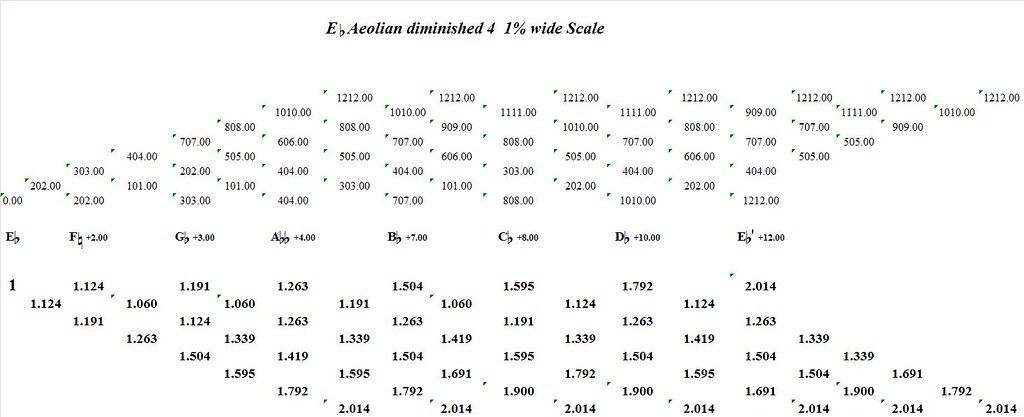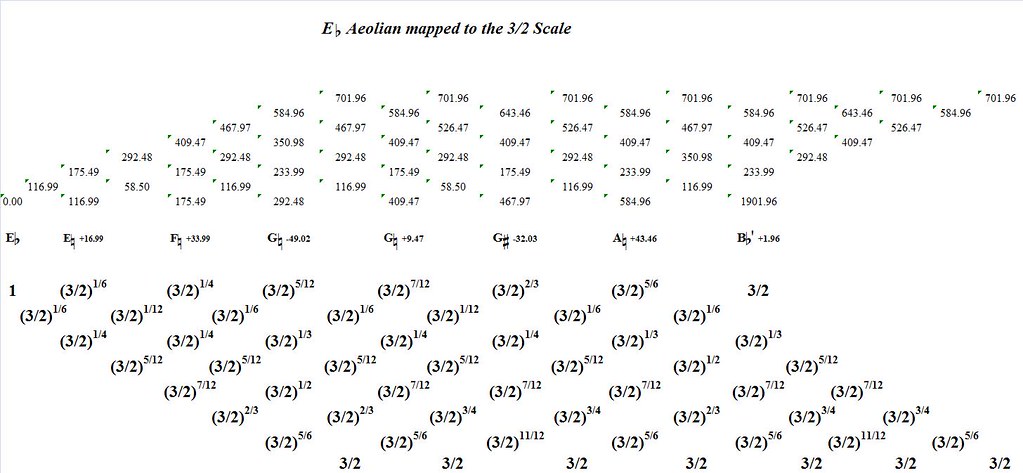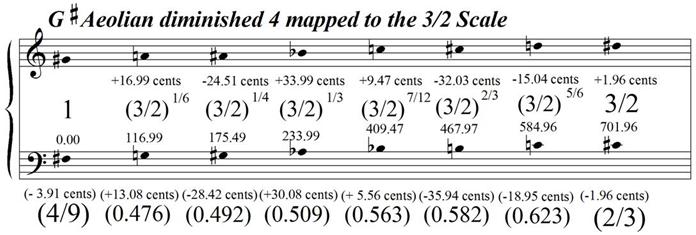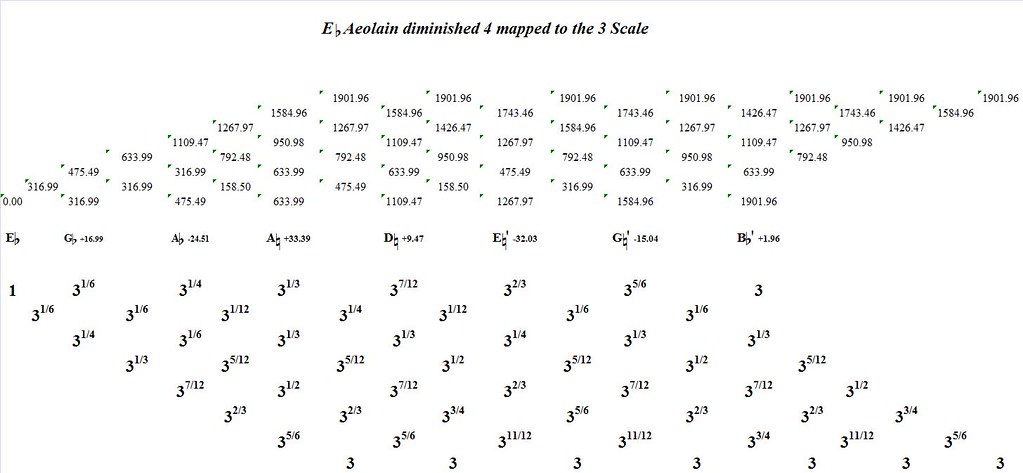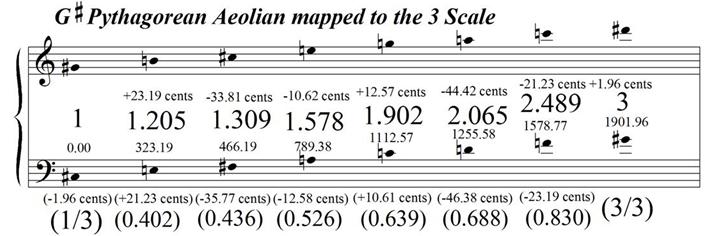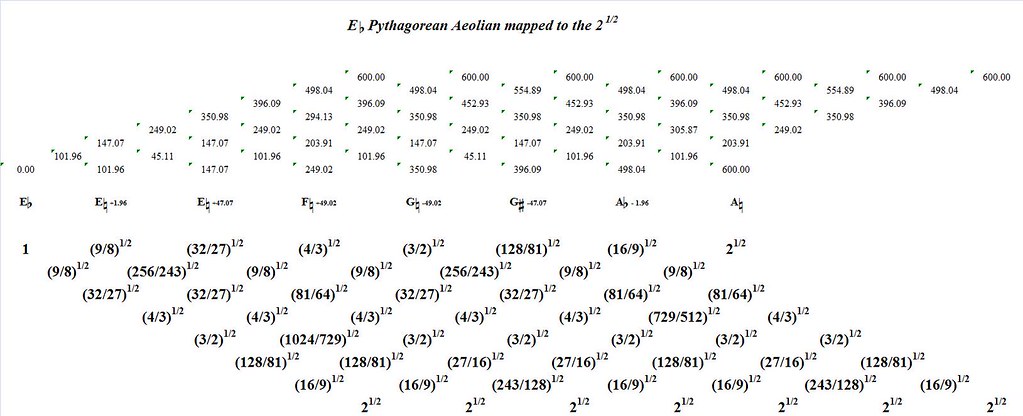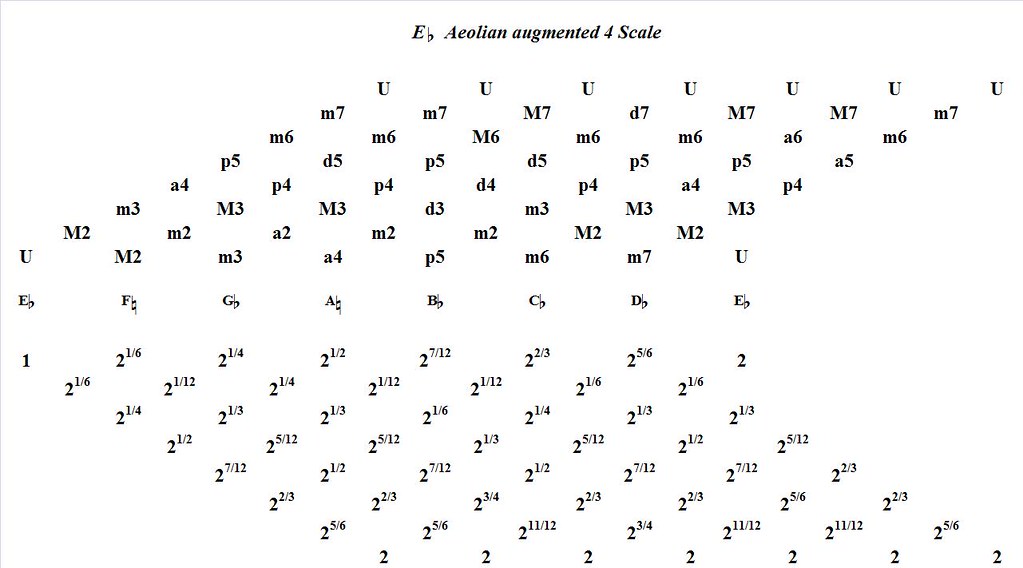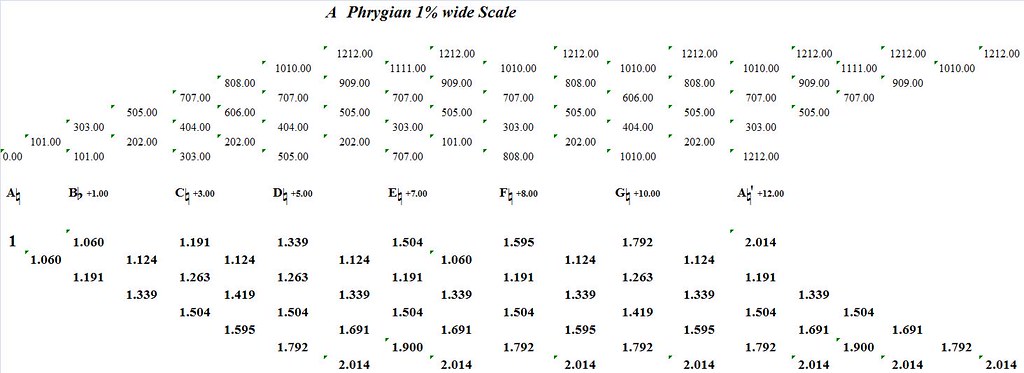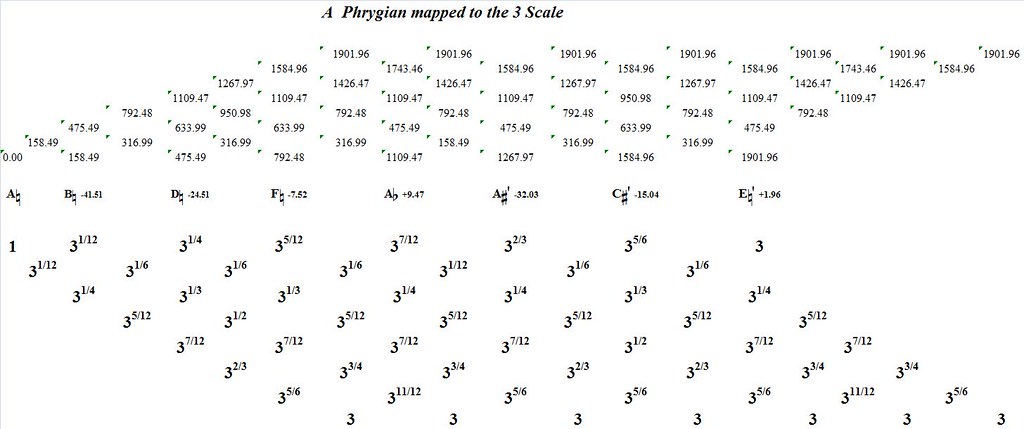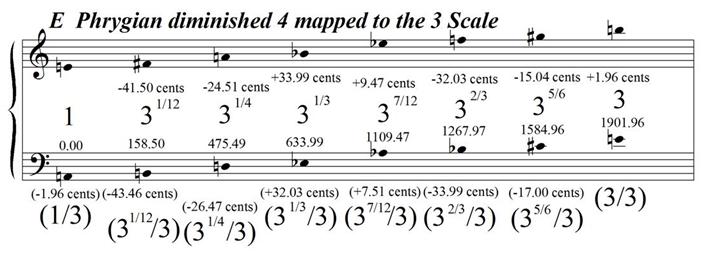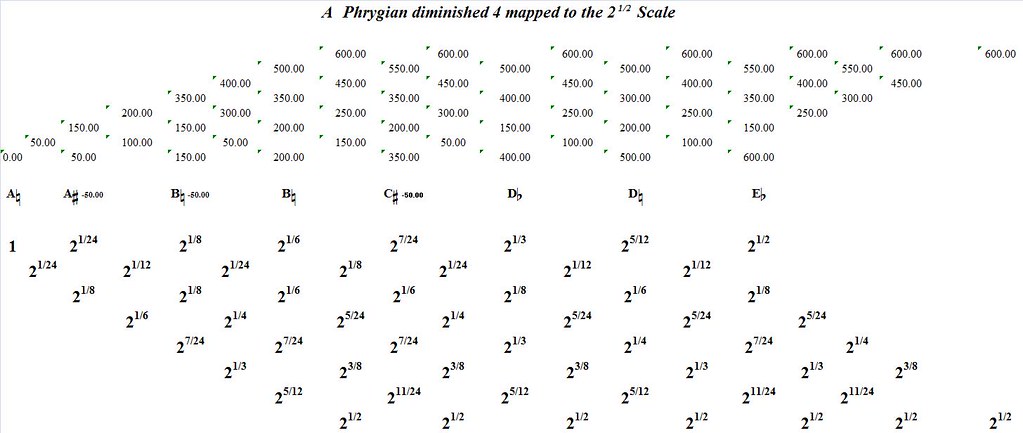 Jim Staley
Jim Staley:
Mumbo Jumbo. 1993.
Einstein Records:
004.
Jim
Staley: trombone - in assorted trios with:
Wayne Horvitz: piano,
DX7, RX11, drum machine
Elliott Sharp: double-neck guitar/bass, soprano saxophone
Shelley Hirsch: voice
Samm Bennett: drums, percussion, electronic percussion
Bill Frisell: guitar
Ikue Mori: drums, drum machine
Fred Frith: electric guitar, acoustic guitar, vocals
John Zorn: alto saxophone
Free improvised trombone at the center of an outer shell of major figures of the old New York downtown scene. After spending time listening - and witnessing -
Ikue Mori as a laptop/electronics figure it's interesting to hear her work as a drummer on this project. The transition from drum kit to drum machine to laptop is a clear - sonically contiguous - evolution. Jim
Staley holds his own and thrives within each trio environment. The dose of early
Frisell, Bennett, Sharp and
Horvitz is most welcome to these ears.
 Roscoe Mitchell
Roscoe Mitchell Sextet:
Sound. 1966 (re-released in 1996).
Delmark Records:
DE-408.
Roscoe Mitchell: alto saxophone, clarinet, recorder, etc.
Lester Bowie: trumpet,
flugelhorn, harmonica
Lester
Lashley: trombone, cello
Maurice McIntyre: tenor saxophone
Malachi Favors: bass
Alvin Fielder: drums
If there is any
Delmark presence in your collection it simply must include this landmark recording. The first shot across the bow from the
AACM and the first documented evidence of a movement at the core of creative improvised music through the decades. And if you do have this release you need to put it on right now and touch upon this
Sound periodically. The short burst expressions of "
Ornette" (represented in an alternate take and the original recording on this disc) and "The Little Suite" contrast nicely against the long-form, group expressions of "Sound 1" and "Sound 2." The range of joyful
whimsy to meditative stretches of jagged improvisation hints at the captivating energies yet to come from this important movement.
 Edgard Varese
Edgard Varese:
The Complete Works. 1994, 1998.
Decca/London Records:
289 460 208-2.
Riccardo Chailly: conductor
Royal Concertgebouw OrchestraASKO EnsembleThe "reconstructed"
Tuning Up, "edited and completed"
Nocturnal and "orchestrated" version of
Un grand sommeil noir don't sound particularly like Varese to me. They are unfamiliar works in a
soundscape of pieces like
Ameriques,
Arcana or
Octandre that are practically part of my DNA. But it's more than unfamiliarity.
Tuning Up finds itself juxtaposed against
Ameriques and the contrast is
devastating. The thick, dissonant slabs of Varese's familiar works are made of a substance while the brief appetizer - and admittedly gimmick driven -
Tuning Up is a different fabric entirely. At the same time, the "extras" are in and of themselves great works of music.
Nocturnal in particular is a fascinating piece. I wonder if they need to be considered outside the context of a "complete" Varese experience where they almost whither under the white-hot accomplishments of a
Poem electronique or
Deserts.
There is one other, less familiar piece, that is clearly Varese even as its brief, quiet arrangement would almost disappear in the wake of
Offrandes. The original version of
Un grand sommeil noir for voice and piano is a gem within a rich vein of creative accomplishment.
 Eivind Nordset Lønning/Espen Reinertsen + R2D3 + Sabbaticus Rex @ The Compound Gallery, Oakland, CA
Eivind Nordset Lønning/Espen Reinertsen + R2D3 + Sabbaticus Rex @ The Compound Gallery, Oakland, CA materials within a fragile, almost transparent existence Lønning and Reinertsen blured their sound into a singular brush stroke. Late in the set the two locked into eerie rhythmic unison with a series of short, ghostly tones. The percussive world of flute pads and unscrewed trumpet valves opening up an incredible study of micro-sound within the musical sensibilities of these improvisers.
materials within a fragile, almost transparent existence Lønning and Reinertsen blured their sound into a singular brush stroke. Late in the set the two locked into eerie rhythmic unison with a series of short, ghostly tones. The percussive world of flute pads and unscrewed trumpet valves opening up an incredible study of micro-sound within the musical sensibilities of these improvisers.
